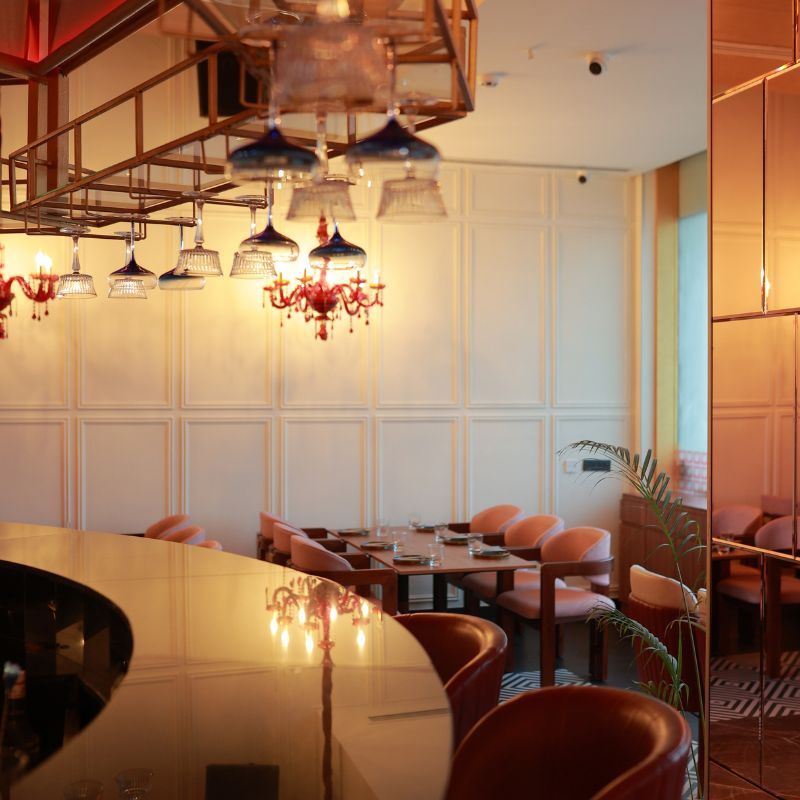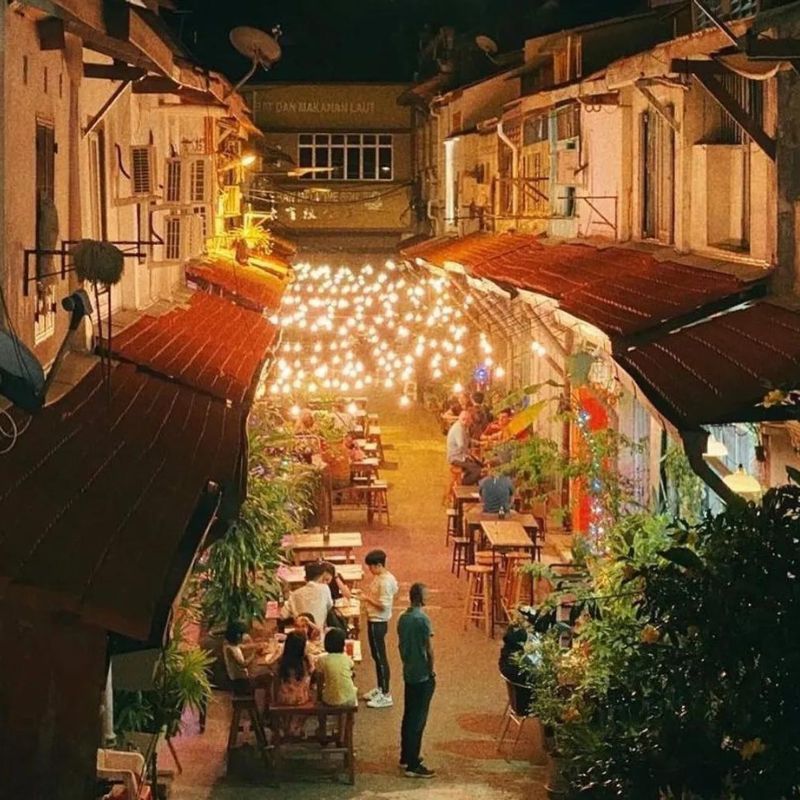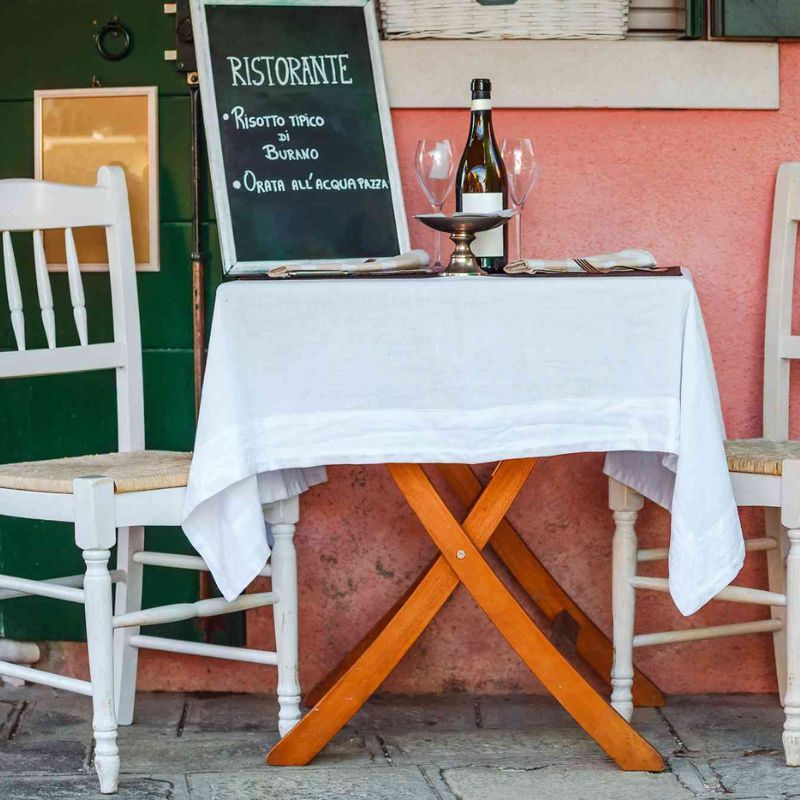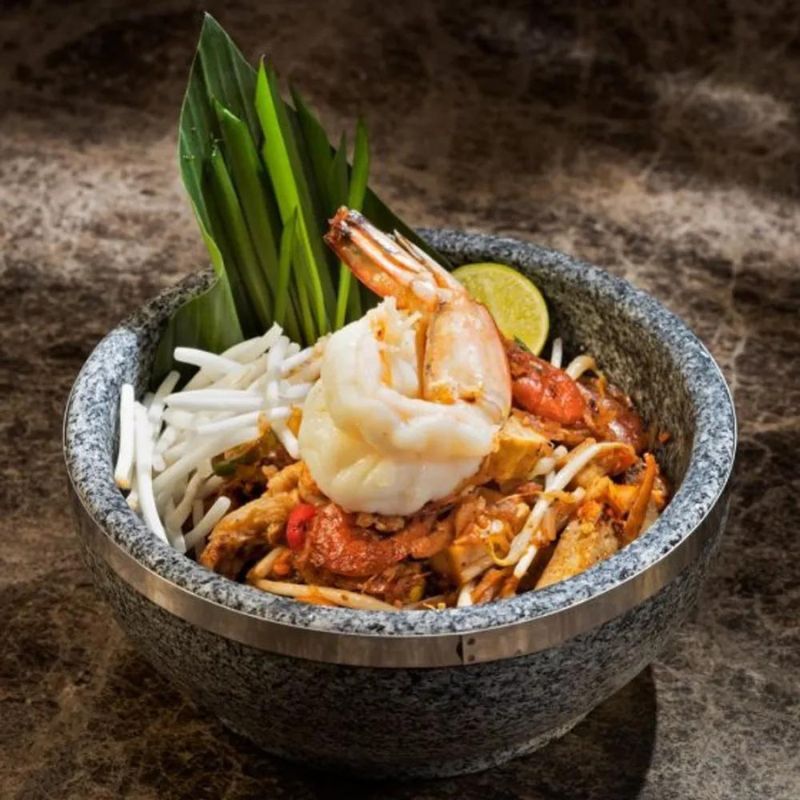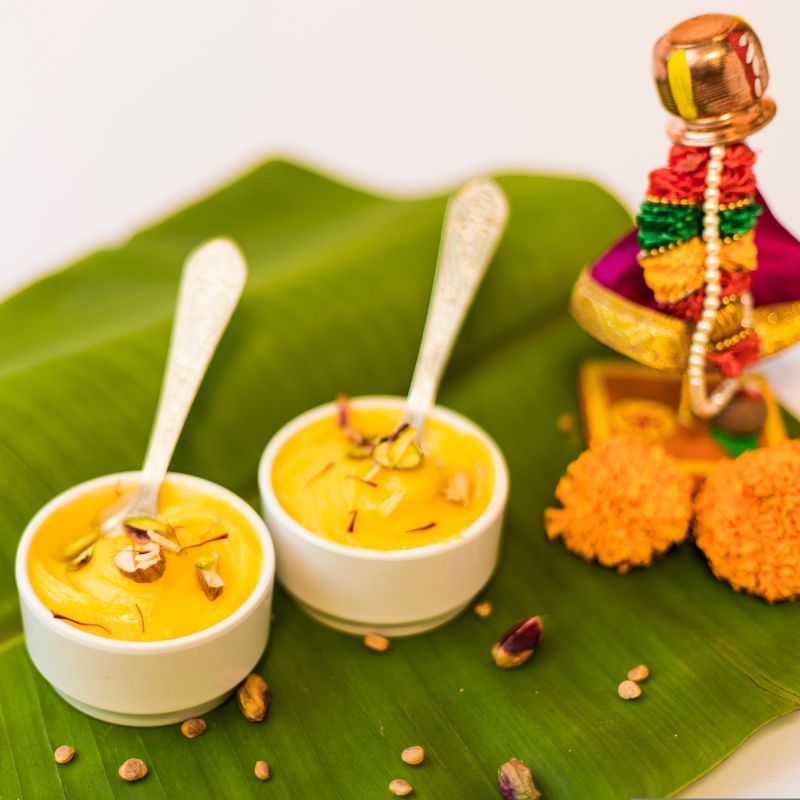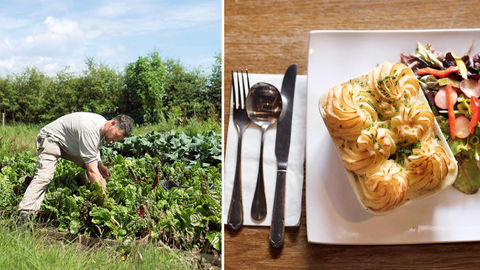
Among the atmospheric hills and mist-covered bogs of Connemara, in County Galway, local farmers and producers are quietly redefining Irish cuisines. By Adam Erace
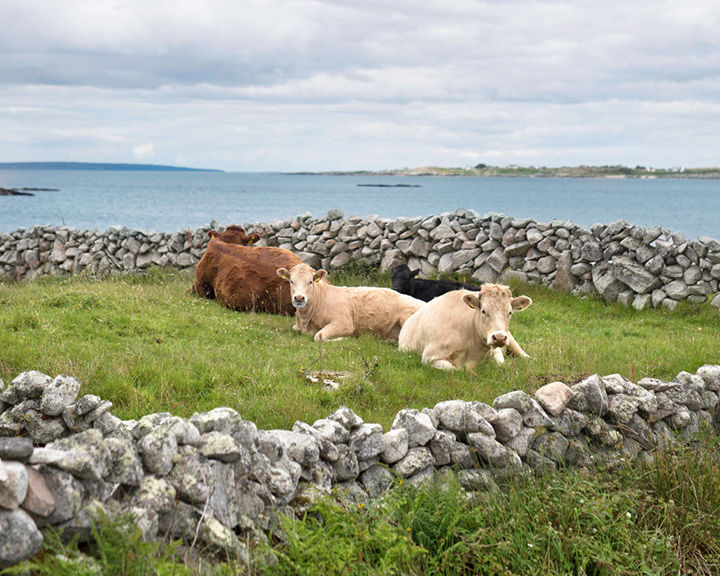
Connemara’s biggest claim to fame for the past 68 years has been the John Wayne film The Quiet Man, and a whole tourism circuit revolves around it: walk the Quiet Man Bridge in Derryglinna; have a drink in Pat Cohan’s Bar in Cong, which featured in the movie; stay at Ashford Castle, which screens the movie weekly. But long before the area was associated with the film, it was known for sheep.
Connemara sits at the edge of the Atlantic, a hunk of land in County Galway whose headlands reach into the sea like gnarled fingers. It’s part of the rocky, rugged coast that Ireland’s tourism department has rebranded the Wild Atlantic Way. As you move inland from Galway Bay, the ground swells into neon-green hills crisscrossed with low stone walls and populated by grazing sheep, their coats spray-painted to distinguish one herd from another. The streaks of pink and blue wash out when their wool is processed for knitting and weaving—both traditional crafts in the region.
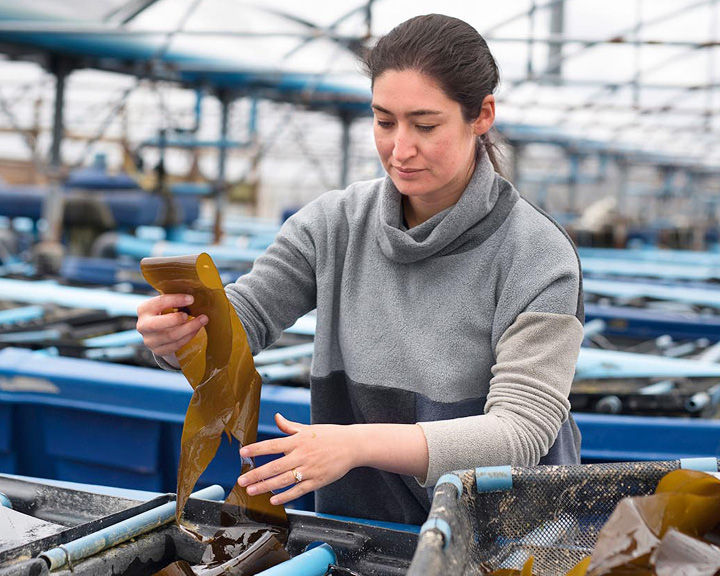
In addition to clothing, these animals have provided a source of food for centuries. Connemara lamb is to Ireland what Iberian hogs are to Spain, beloved by chefs like Kim Young and Reinaldo Seco of the Misunderstood Heron, a food truck overlooking the steely blue Killary Fjord. Young and Seco are part of a new wave of enterprising Connemara residents who are helping forge a new culinary identity for the region, in part by changing perceptions of what is good to eat—and how it should be eaten. They stuff lamb into samosas and braise it in a Chilean-style stew, a preparation that earned them last year’s coveted Georgina Campbell Guides Award (the Irish equivalent of a James Beard Award) for best street food in the country.
Over in Oughterard, on the western shore of Ireland’s largest body of water, Lake Corrib, father and son James and Justin McGeough cure lamb at their gourmet market and butcher shop, McGeough’s Connemara Fine Foods. The charcuterie is as sheer and rosy as stained glass. It’s sold alongside blocks of cheddar and bottles of cider and a hundred other edible souvenirs.
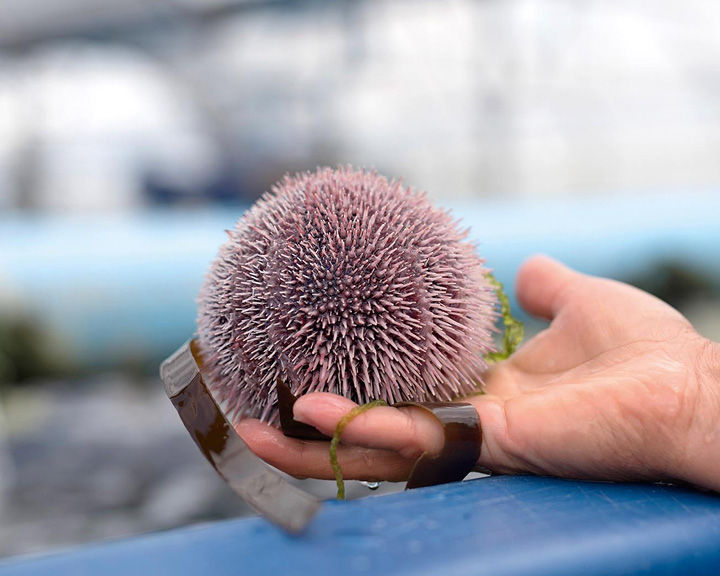
The McGeoughs supply the lamb to the nearby Powers Thatch, a cheery pub with a crackling peat fire and the best brown bread I tasted in Ireland. Notes of garlic, rosemary, and juniper emerged as the cured lamb came to room temperature on the pub’s meat and cheese board, which I shared with another Connemara artisan, Brigid Brophy. She’s based in Barna, where she makes her sinusclearing Lodge Barna Mustards with herbs from her garden, and local gin and beer.
In a small seaside building in the town of Rossaveal, marine biologist Cindy O’Brien stood at the stove, sautéing abalone with scoops of soft gold butter. As they sizzled in the foaming fat, the air clouded and the windows fogged, turning the kitchen into a Kerrygold hotbox.
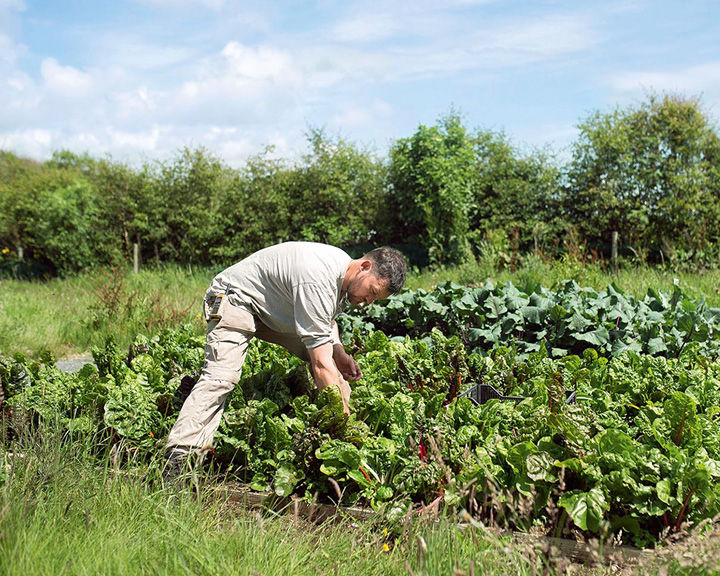
Californian by birth, O’Brien moved to Connemara with her Irish husband 25 years ago and founded Connemara Abalone in 2001. She’s of this place, but not from it—not unlike her abalone, which she raises in the aquaculture farm just across the parking lot. The prized and persnickety creatures are not native to Ireland but thrive in the cold water pumped in from Galway Bay. “Ireland is surrounded by water, but for a long time the Irish didn’t have much use for a lot of the stuff that comes out of it,” said O’Brien, whose tanks also hold sea cucumbers and spiny urchin. Compared with other island nations, Ireland’s traditional cuisine relies more on meat and produce than on seafood. “For religious reasons, it was considered a penance.”
There’s nothing that suggests punishment about the spread O’Brien and her daughter, Sinead, put out as part of the Airbnb Experience they began hosting a few years ago. As the abalone cooked, O’Brien cracked open sea urchins to reveal pinwheels made up of small orange lobes. There was seaweed, some harvested and some grown in the abalone tanks, and freshly baked bread. O’Brien buzzed red dulse fronds into a black olive tapenade and threaded bubbly strands of bladderwrack through a carrot salad like a Christmas-tree garland.
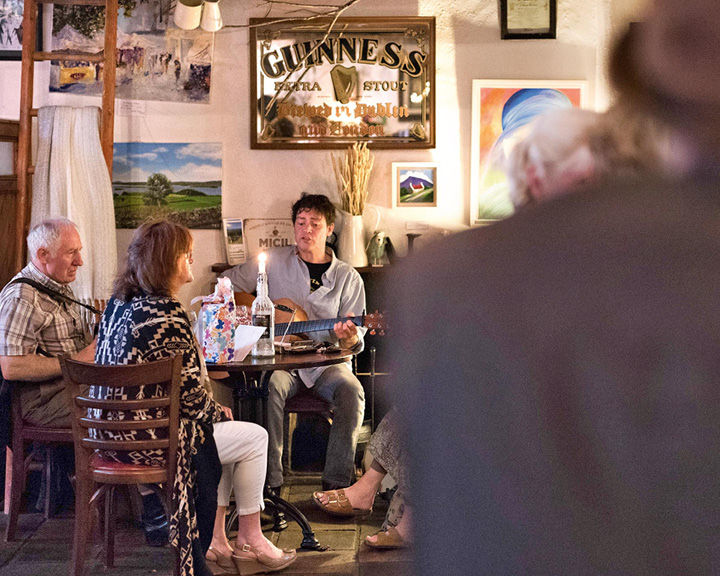
The abalone hit the table last. They’d taken minutes to cook, but three to fi ve years to raise. During that time, O’Brien feeds them only seaweed, which, she says, makes them more flavourful. The abalone has earned her a following among some of the British Isles’ top chefs. They had the bracing ocean flavour of an oyster and the texture of a surf clam. One guest recently told O’Brien that in China, where he lives, abalone is eaten with sauce, “because it doesn’t have any flavour.” O’Brien laughed at the thought. “I told him he’s eating the wrong abalone.”
Narrow country roads knit together Connemara’s misty bogs, green hills, and soft grey beaches, and local tour guide Pádraic Ó Ráighne knows them all. The lifelong resident also knows every cook, farmer, butcher, brewer, and bartender carving out niches in this stretch of the Wild Atlantic Way.
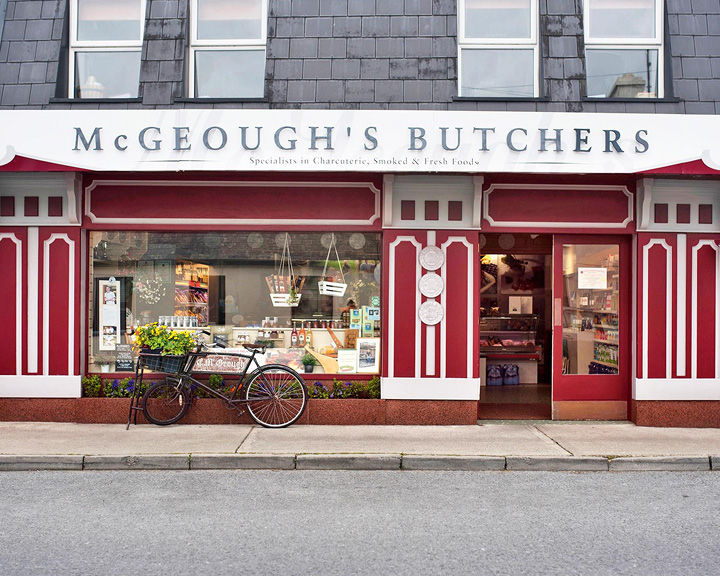
“We haven’t even scratched the surface of the potential for food and agricultural tourism,” Ó Ráighne told me as we drove to Lettermore, an island in a rocky archipelago scattered like stepping stones in the North Atlantic. It’s where he started his outfit, Connemara Pub Tours, in 2015. (In true Connemara can’t-knock-the-hustle fashion, he’s also the voice of Ernie on the Gaelic version of Sesame Street.) One-stop on his circuit, Tigh Lee, a farmhouse with red window frames and a thatch of spiky palms out front, was a favourite for its friendly hospitality and Irish dancing. While those things remain, lately Ó Ráighne has been bringing people to Tigh Lee for the seaweed menu.
As in Rossaveal, seaweed colours Lettermore’s beaches. “The Irish used it for cosmetic and medicinal purposes for centuries, but never for food,” said Aonghus Lee, who owns Tigh Lee. After working in Dublin for a decade, Lee moved home to take over the pub his grandfather founded in 1972. He created a new menu featuring dulse and kelp from Connemara Seaweed Co., the brand started by his uncle Noel Lee in 2014. “We’re using seaweed in everything,” Aonghus said, setting out savoury scones and brown bread speckled with dulse. I dipped a spoon into a steaming bowl of chowder and pulled up soft hunks of fish. You don’t see the seaweed (it flavours the stock), but you taste it—briny, vegetal umami.
On our way out, ferocious rain thrashed the road to Inverin, a charming town and the headquarters of the Gaelic television studio Telegael. Weather is always on the surface in Connemara, less an atmospheric phenomenon than a mercurial neighbour upstairs. “Because we’re beside the sea, we get a lot of rain,” said Kate Fennell. As a volunteer at An Garraí Glas farm, she meant this as a selling point. We met her in the greenhouse behind a Telegael fi lm lot— an unlikely place for a farm, but then, anywhere in Connemara was unlikely when An Garraí Glas was founded in 2013. “Farming went out of fashion, and because traditionally we sowed what we ate—cabbage and onions and potatoes—people didn’t think other crops could grow here.”
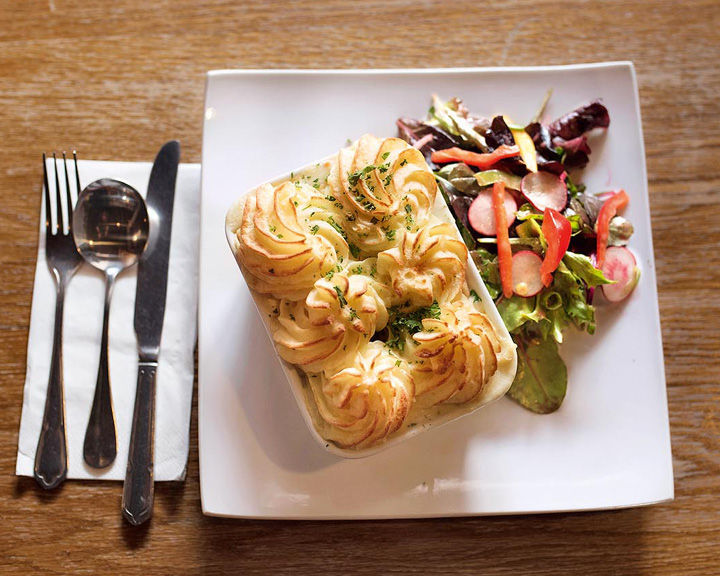
They can: radishes, carrots, peas, broad beans, kale, zucchini, kohlrabi, squash, and more overfl ow from the farm’s roadside stand in Inverin. An Garraí Glas also supplies several restaurants and stores, like Sullivan’s Country Grocer, in Oughterard.
As we left Inverin, we passed through Ballynahown, where long, humpbacked ridges of soil were shaggy with summer greens. When the season ends, Fennell and her fellow volunteers will walk the farm in bulky Irish-wool sweaters, blanketing each row with its own version of winter insulation: a tangled, shimmering mat of black and copper seaweed.
Getting There:
Many airlines including British Airways operate flights from Delhi and Mumbai to Dublin. From there, Galway County is just over two hours by road.
Where To Stay:
Ashford Castle (doubles from INR 57,808) is hands-down the best hotel in County Galway. It’s about an hour’s drive from parts of Connemara, but the beautiful scenery ensures road tripping is a pleasure, not a drag.
Where To Eat:
Start your trip by booking with Connemara Pub Tours to get the lay of the land— custom private tours are an option if you don’t want to go with a group. Stops can include Powers Thatch (entrées INR 755–INR 1,511) and Tigh Lee (entrées INR 755–INR 1,511). Cindy and Sinead O’Brien’s Connemara Abalone Airbnb Experience (INR 4,080 per person) includes seaweed foraging, plus a seaside lunch highlighting products grown and harvested by the O’Briens. Stop by the Misunderstood Heron (entrées INR 453–INR 755) for Killary Fjord mussels, lamb samosas, and sandwiches; McGeough’s Connemara Fine Foods for charcuterie, cheese, and more; and Sullivan’s Country Grocer for picnic-ready dishes made with local meats and produce.
Related: Head Over To These Charming Villages In Ireland For Some Irish Charm!



